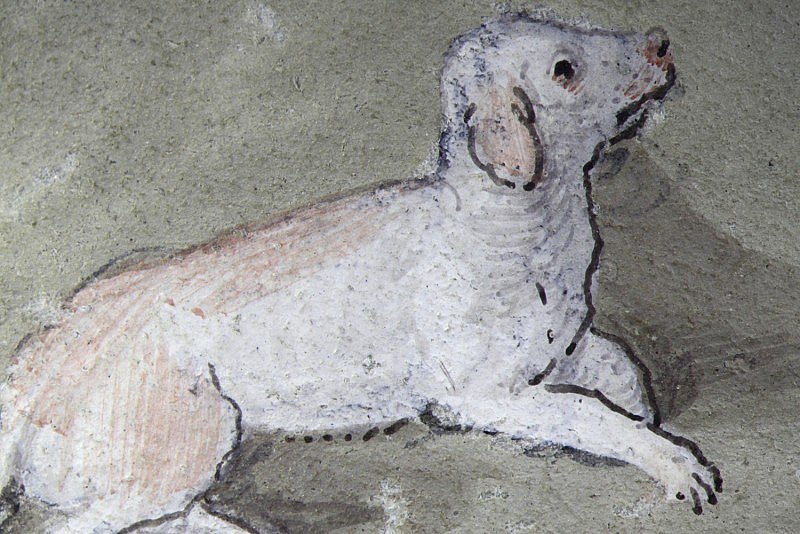Master of Antoine de Roche
Artists
The Master of Antoine de Roche has been tentatively identified with Guido Mazzoni of Modena (d. 1518) who is first documented as a painter in Italy in 1472, but was mainly known for his painted terracotta sculpture.
Mazzoni left for France in 1496 where he served as artist to Charles VIII (1470-1498) and designed the king’s bronze tomb in St Denis. Mazzoni also executed various commissions for Louis XII and Anne of Brittany, and it is conceivable that he made this Primer at the queen’s request. Ironically, for a book that was made to teach her daughter how to read, garbled captions in Old French (e.g. ADEM ET VEE) are inscribed on the gold frames of the miniatures. The captions in red and blue were painted with a fine brush and are almost certainly the work of the illuminator. Whoever supplied the captions had not mastered French, which lends support to the idea that the artist was a foreigner. No works survive from Guido Mazzoni’s time in France, so whether he did, in fact, illuminate Claude’s Primer remains subject to debate.




Nativity and Story of Salvation
Annunciation to the Shepherds; Adoration of the Shepherds; Peace comforting souls in Limbo
According to the Gospel of St Luke, an angel announced Christ’s birth to shepherds who were watching their flocks near Bethlehem. After hearing the good news, the shepherds hurried to the stable to adore the Christ Child. The orange sleeves of the shepherds’ tunics as well as the dark shadows on their yellow robes were painted with the glassy arsenic-based material often called ‘artificial orpiment’ (hotspot 1). This unusual pigment was also mixed with indigo to paint the grey-brown floor in the lower scene (hotspot 2).
The final scene on this page depicts the positive consequences of Christ’s Incarnation. It shows a woman dressed in white (probably a personification of Peace), comforting souls in Limbo. Peace assures the souls, which are represented as naked figures, that they will be redeemed. This scene is not based on the Bible, but probably derives from Arnoul Gréban’s Mystère de la Passion, a play performed in Paris in the late 15th and early 16th centuries.